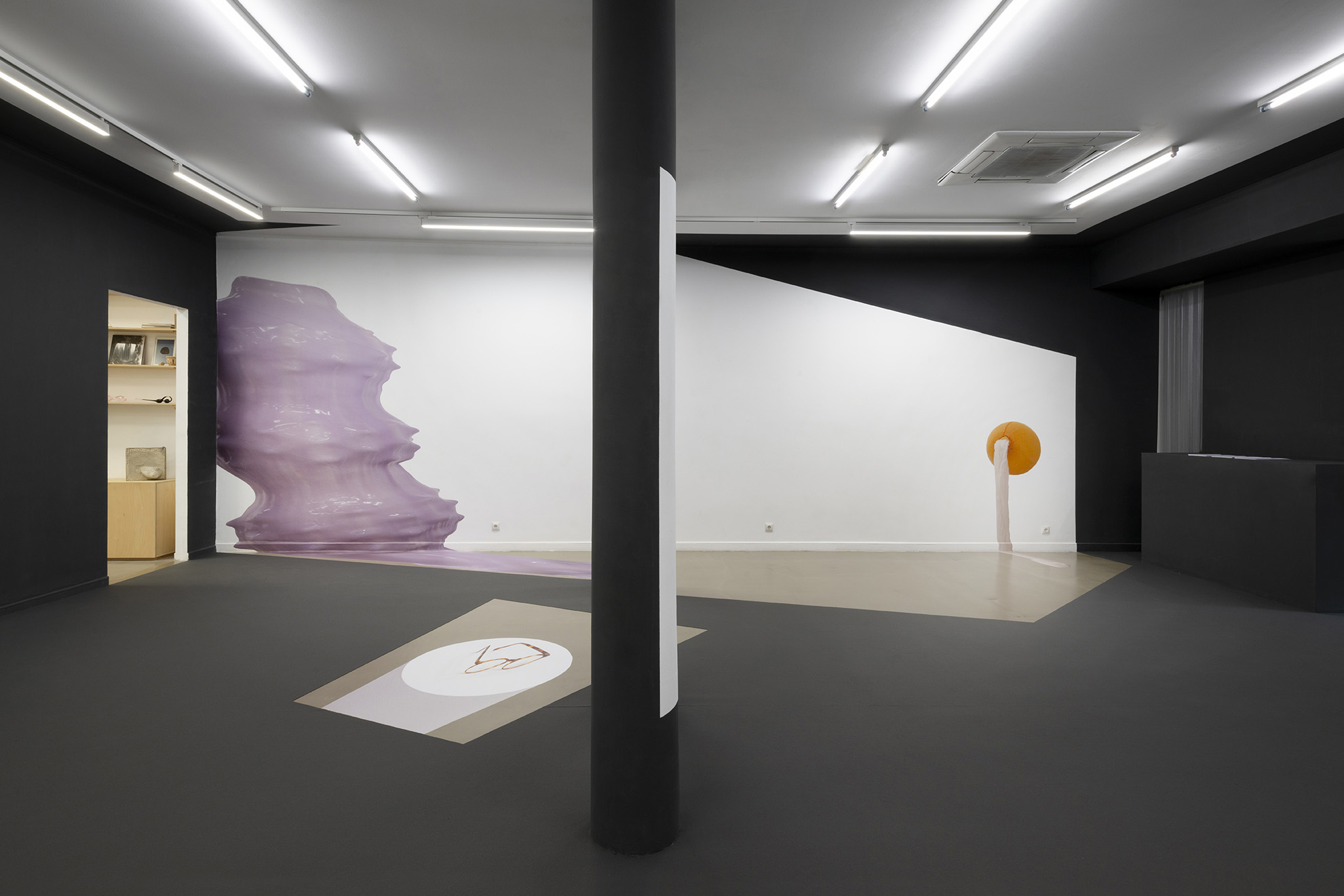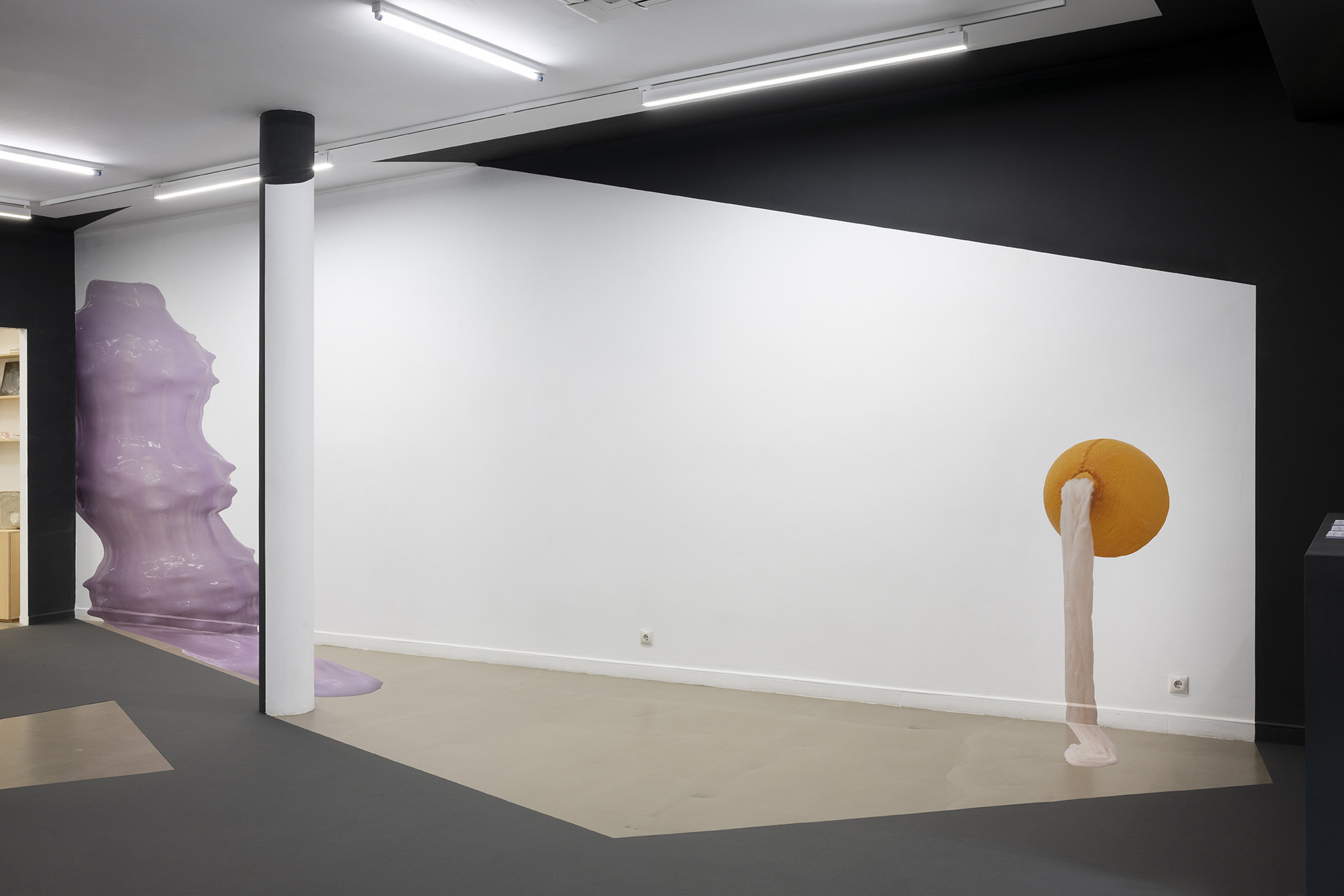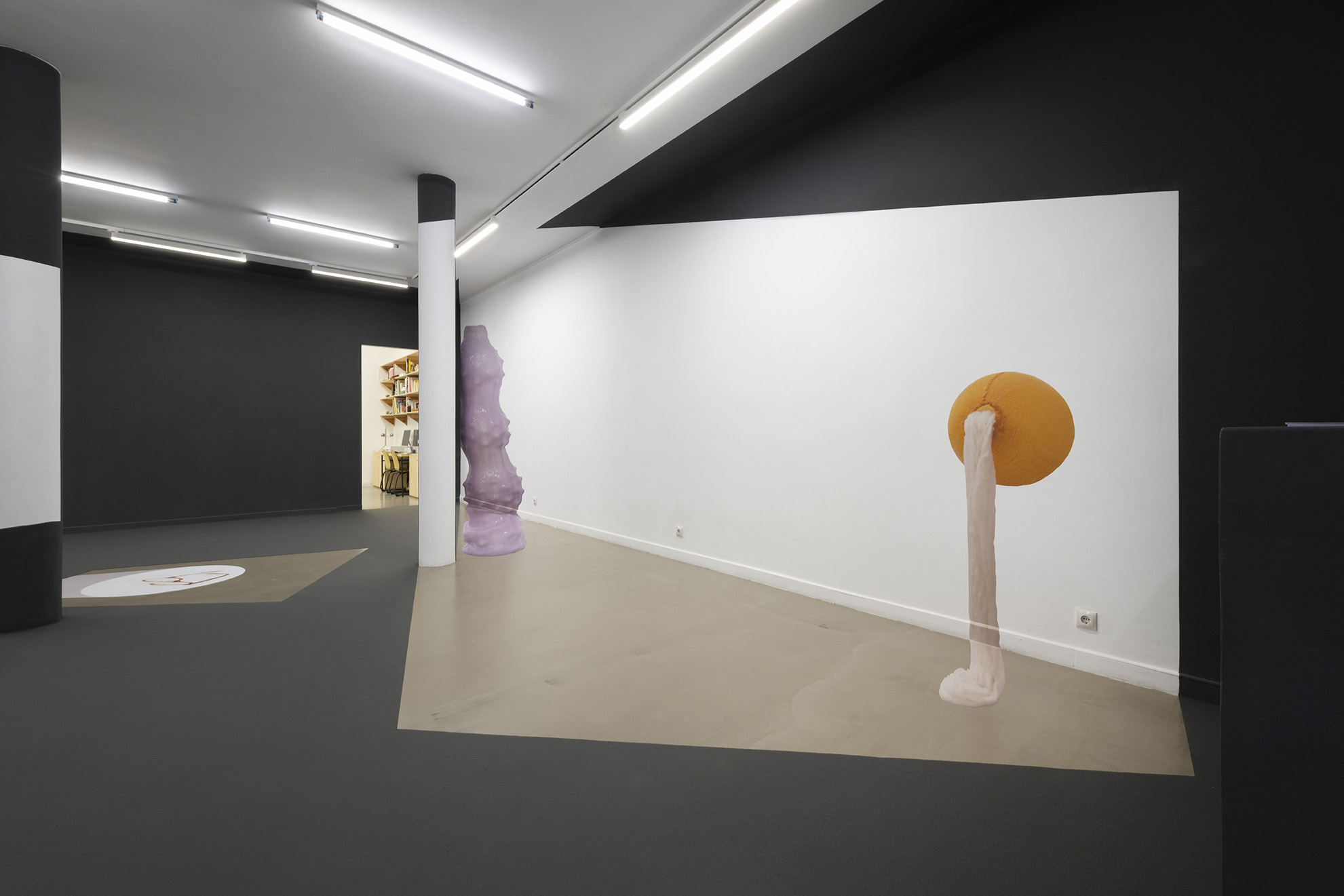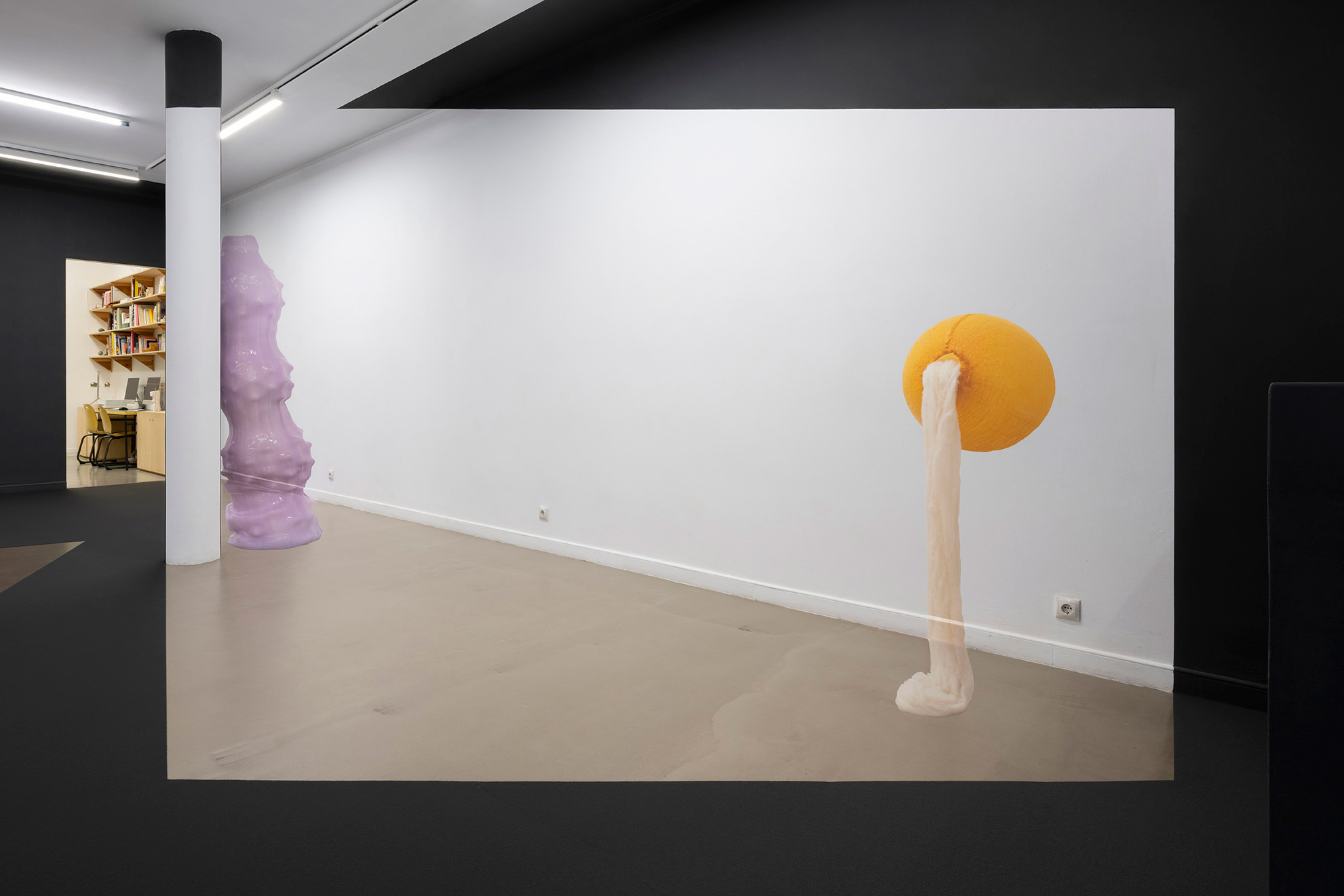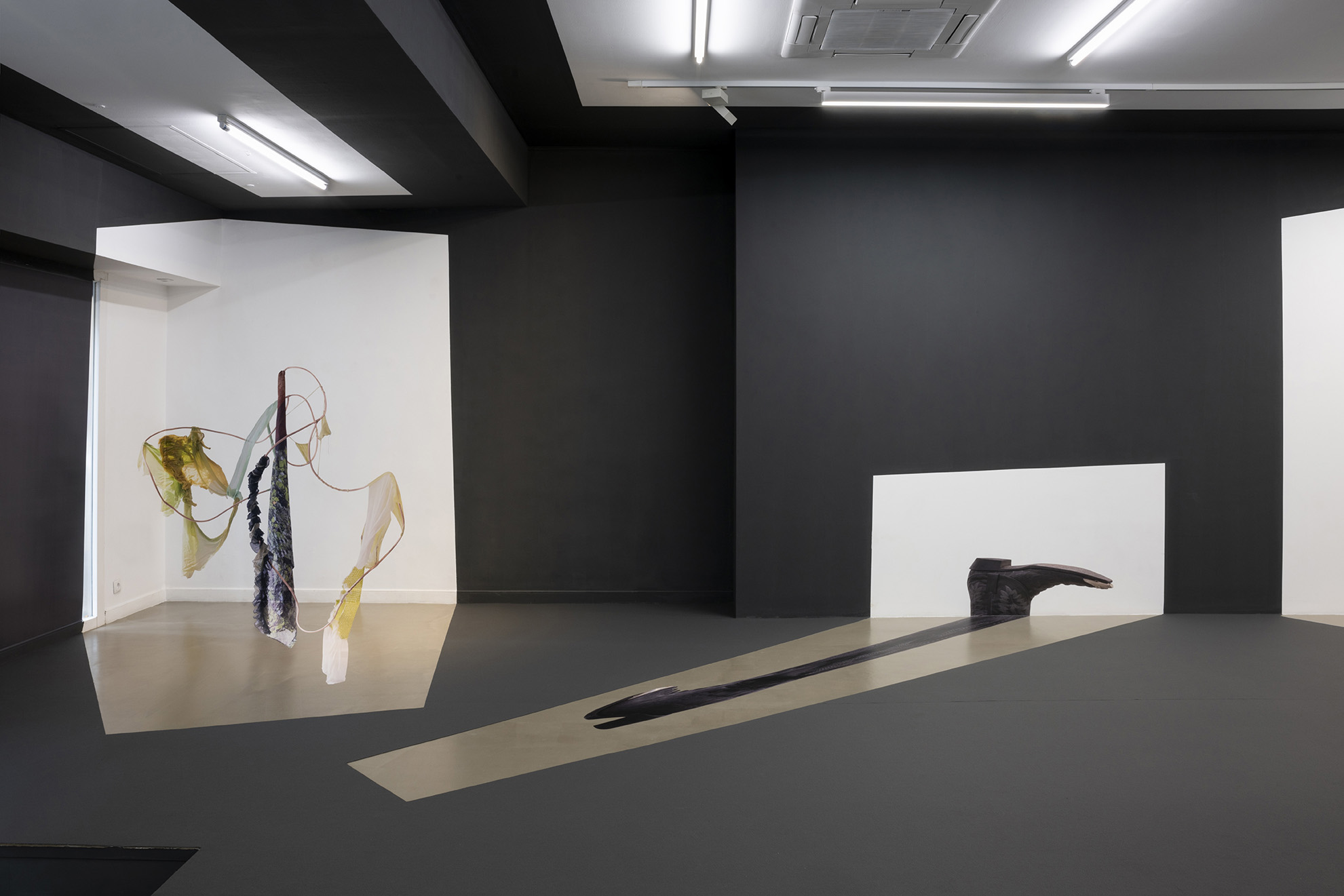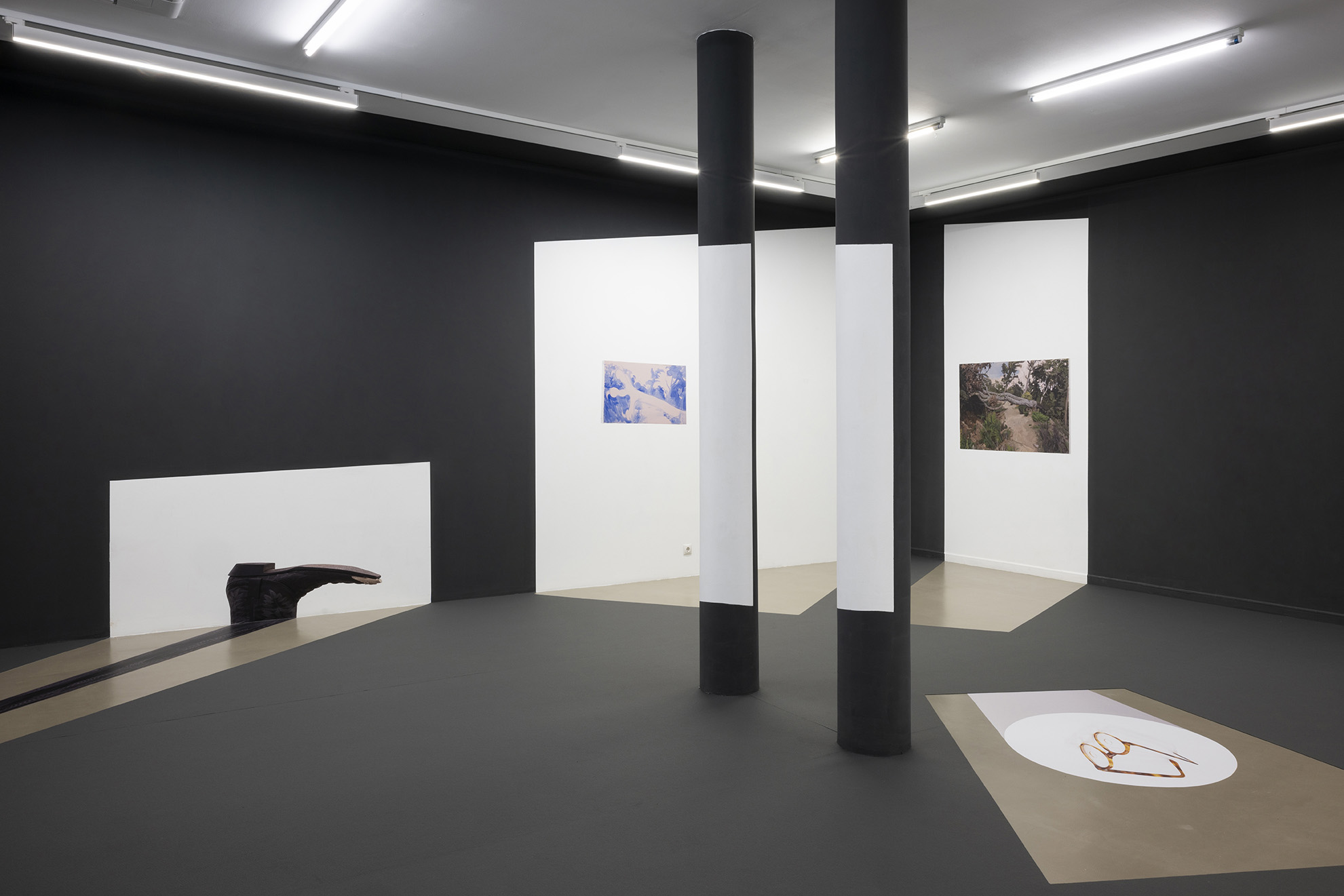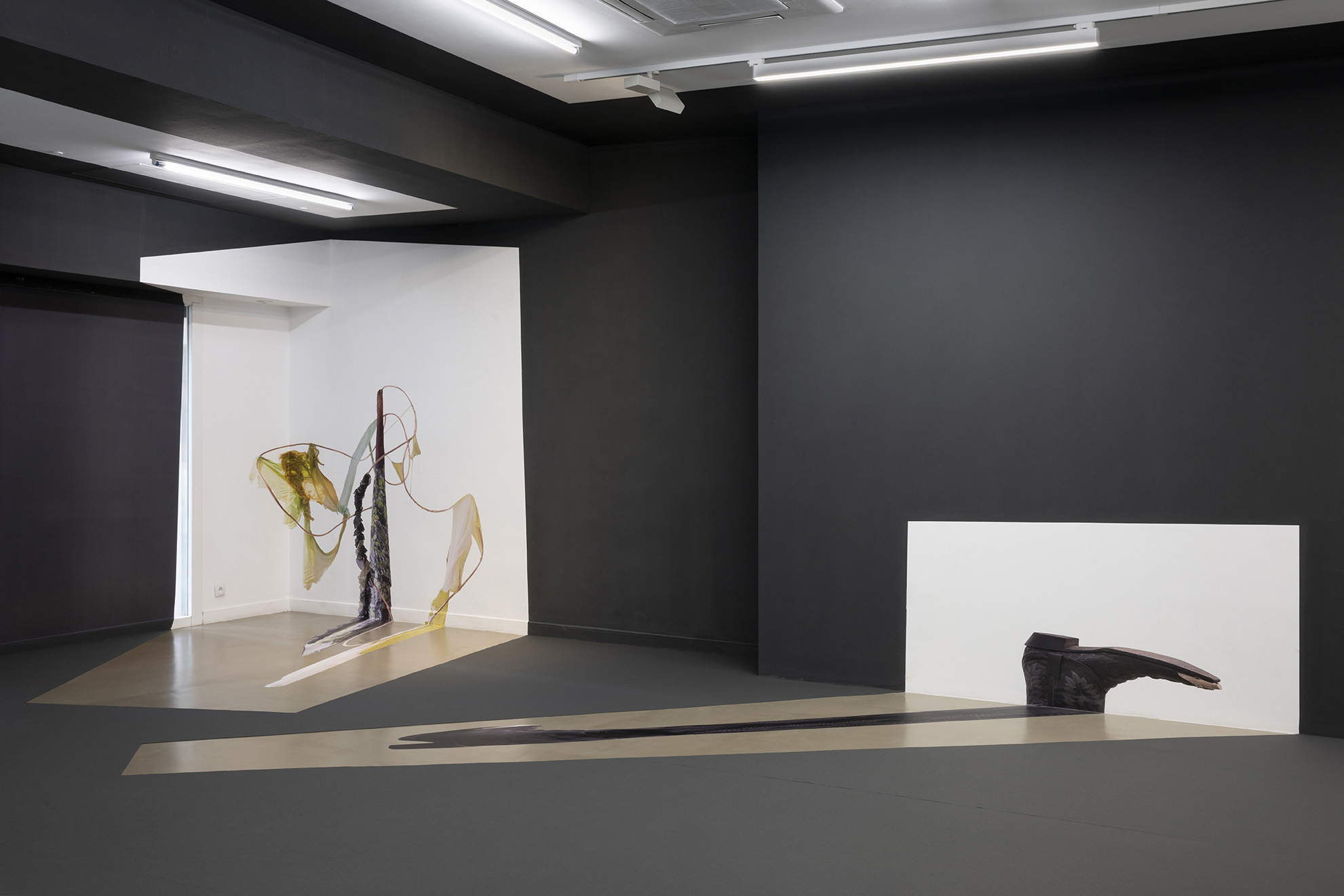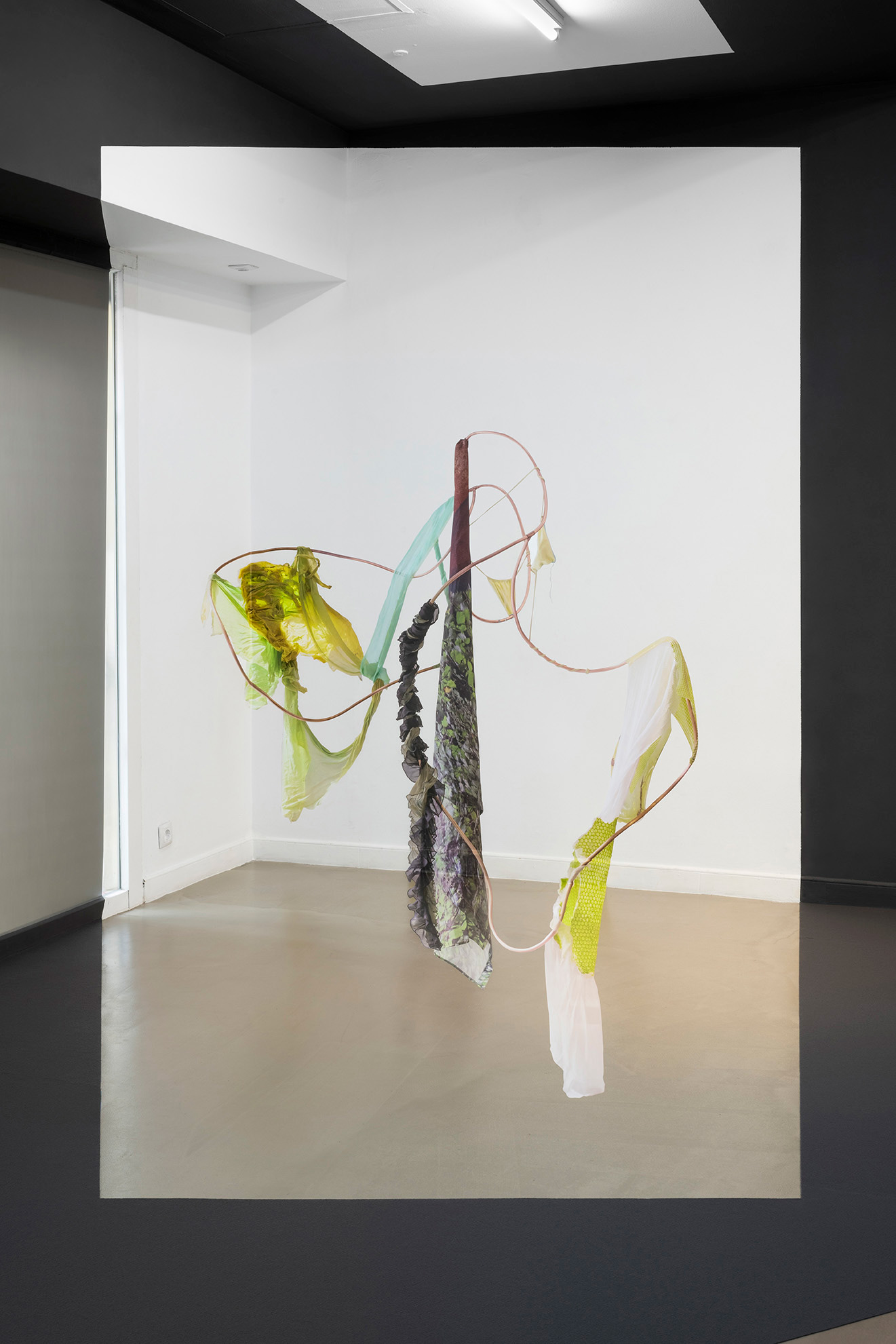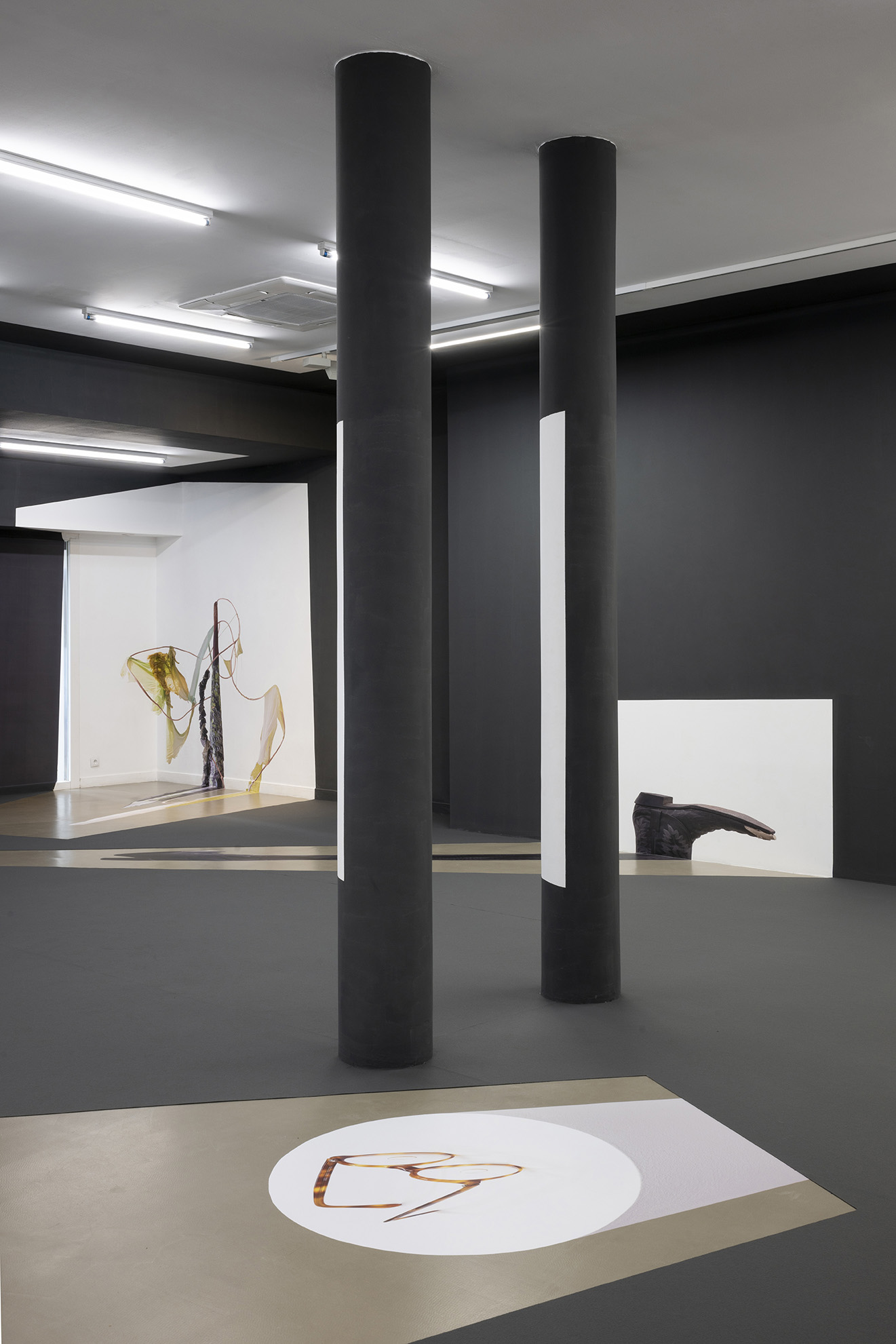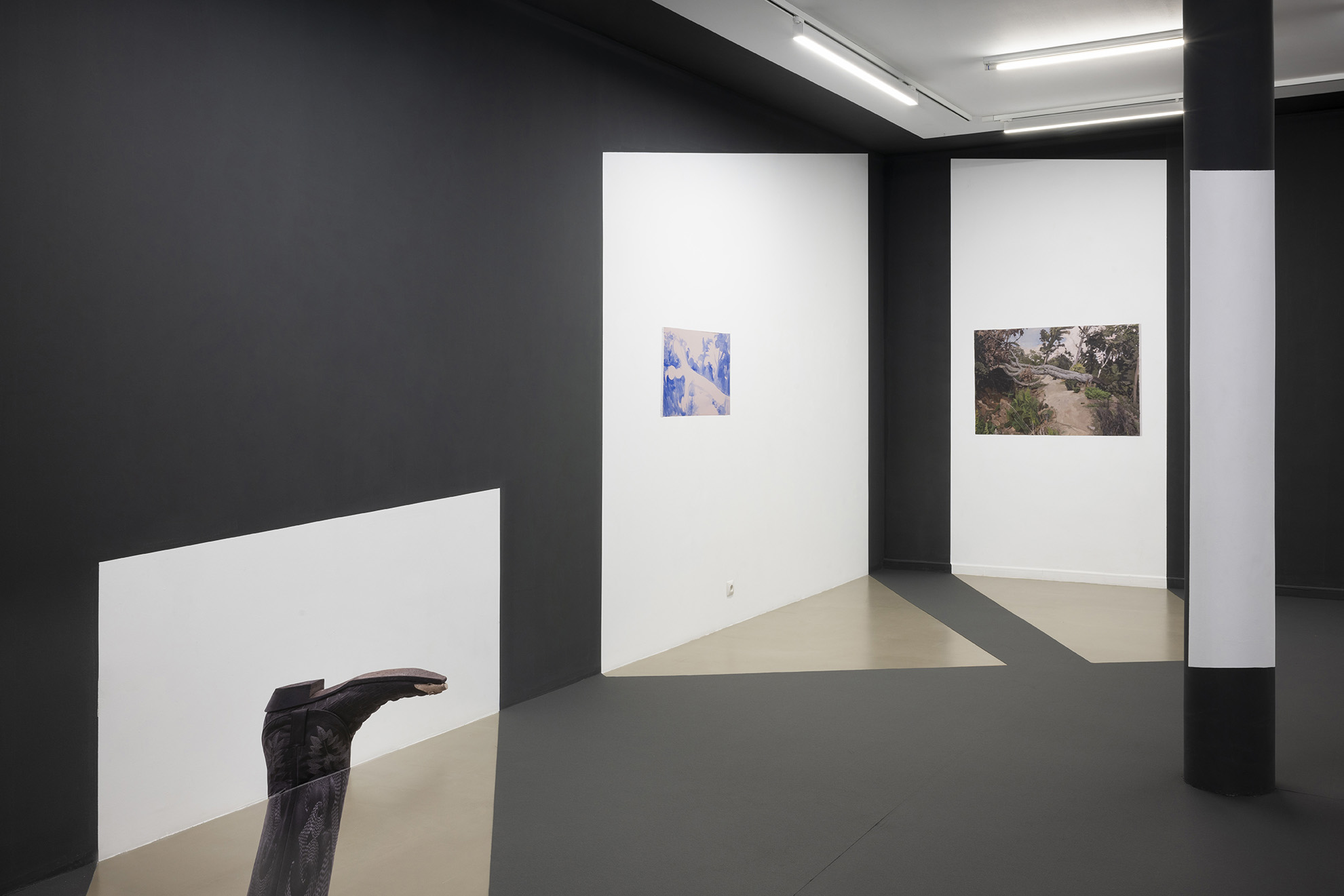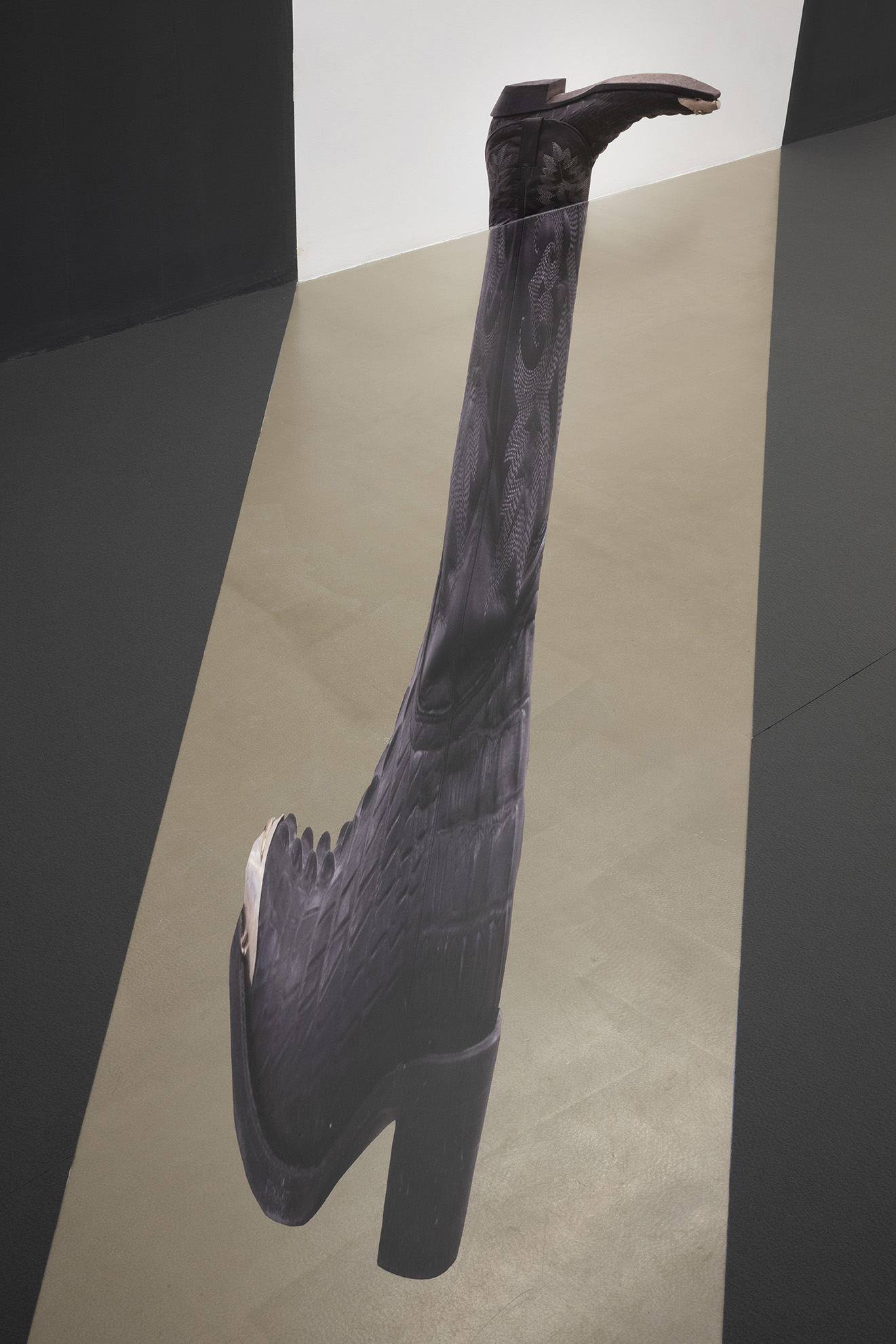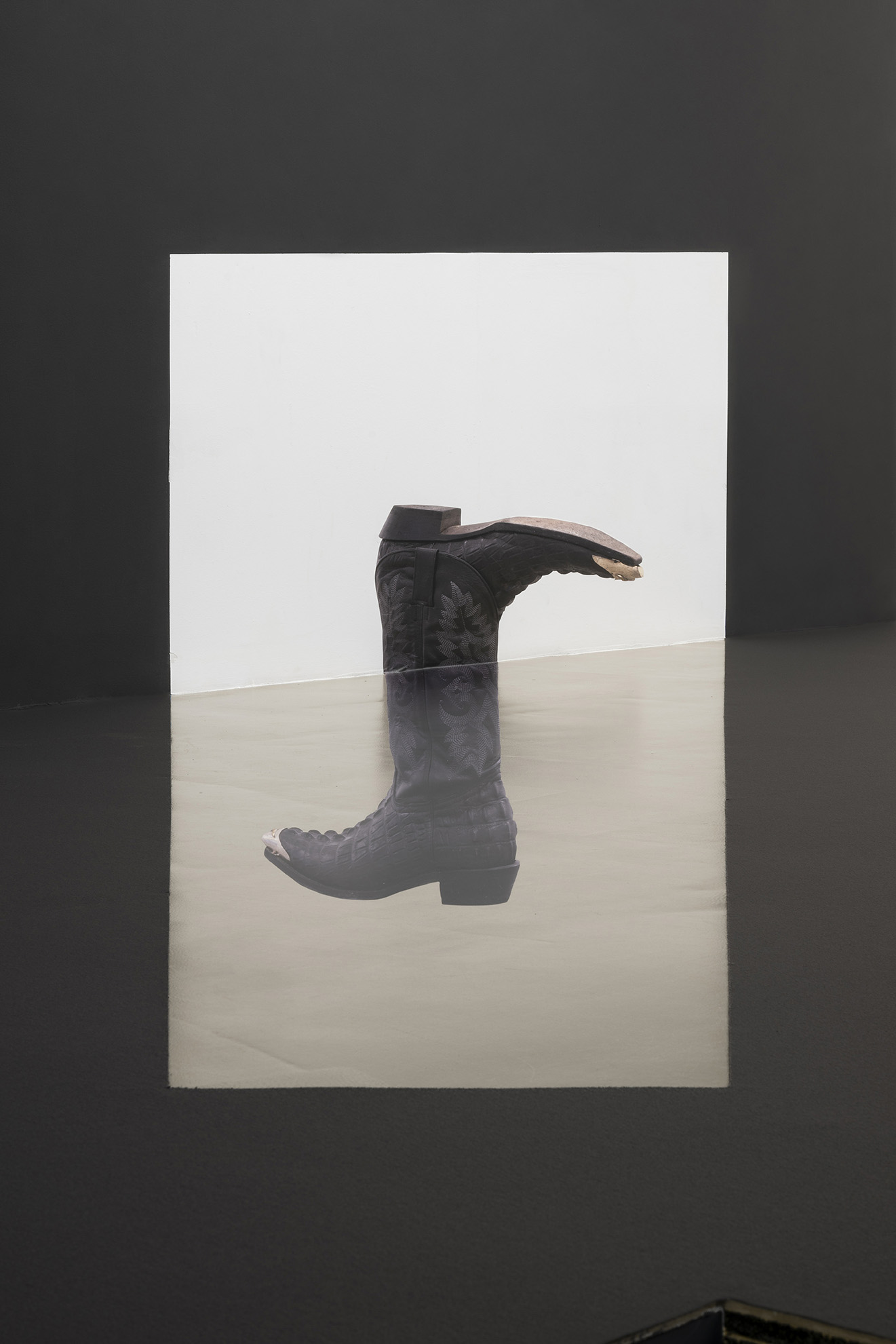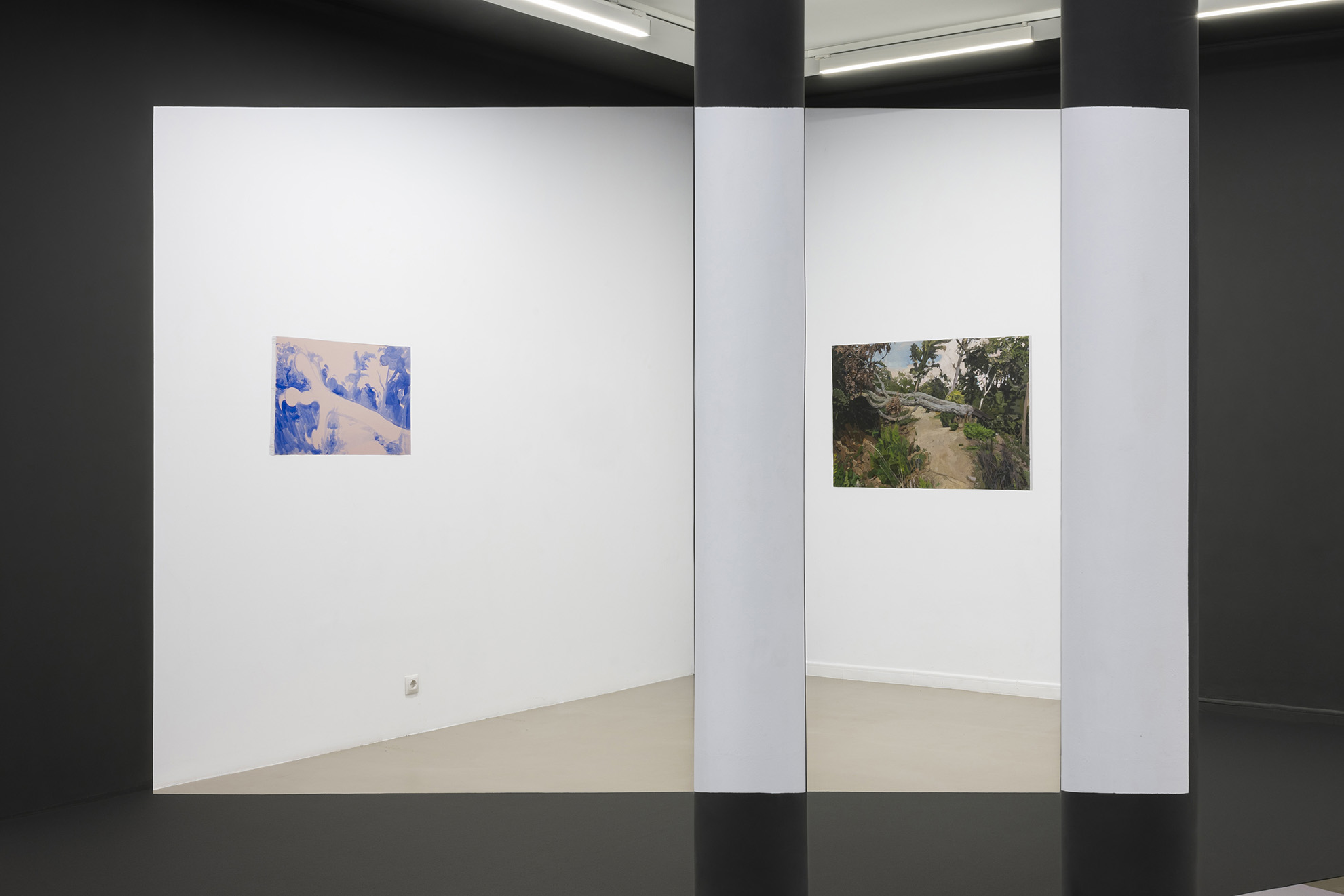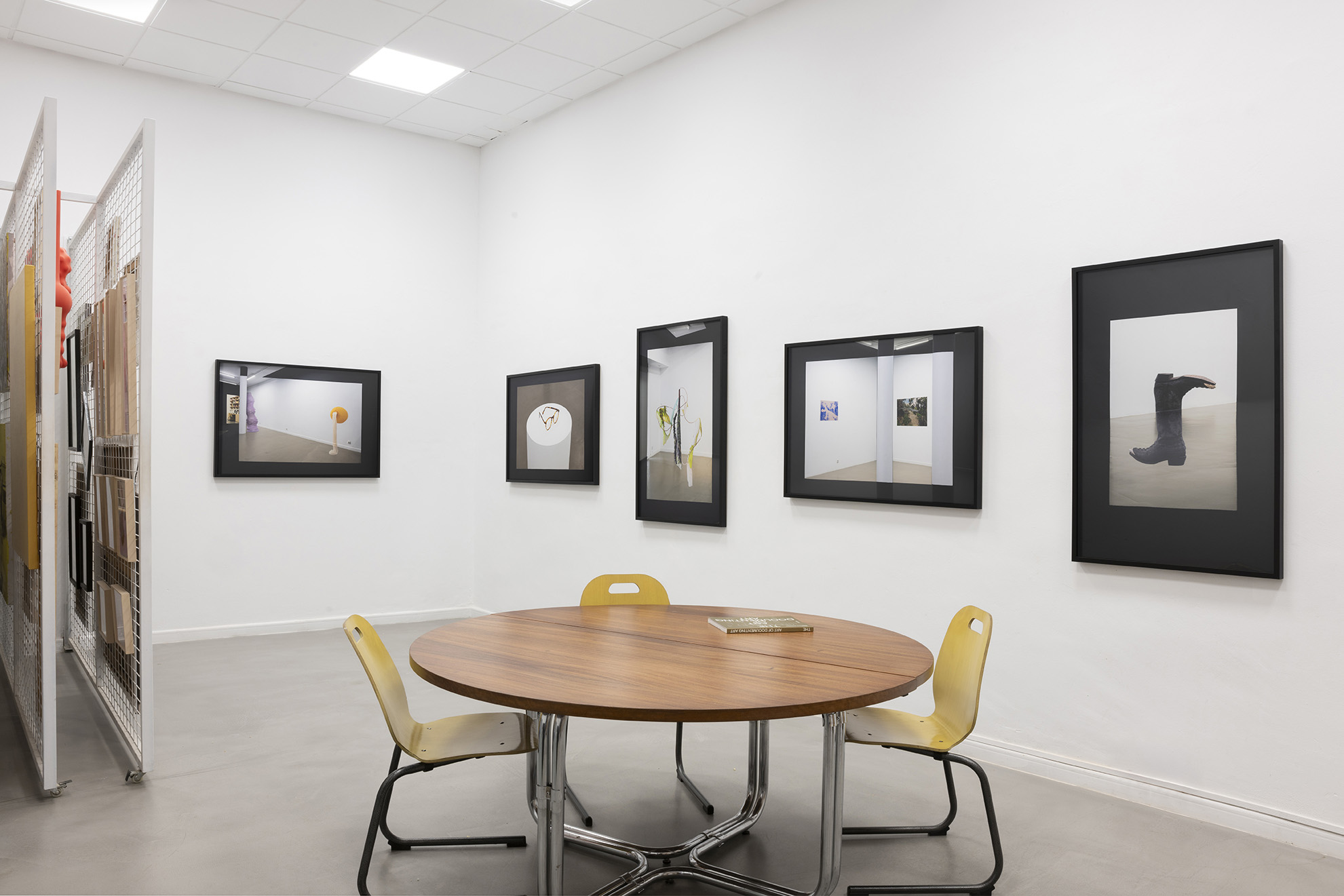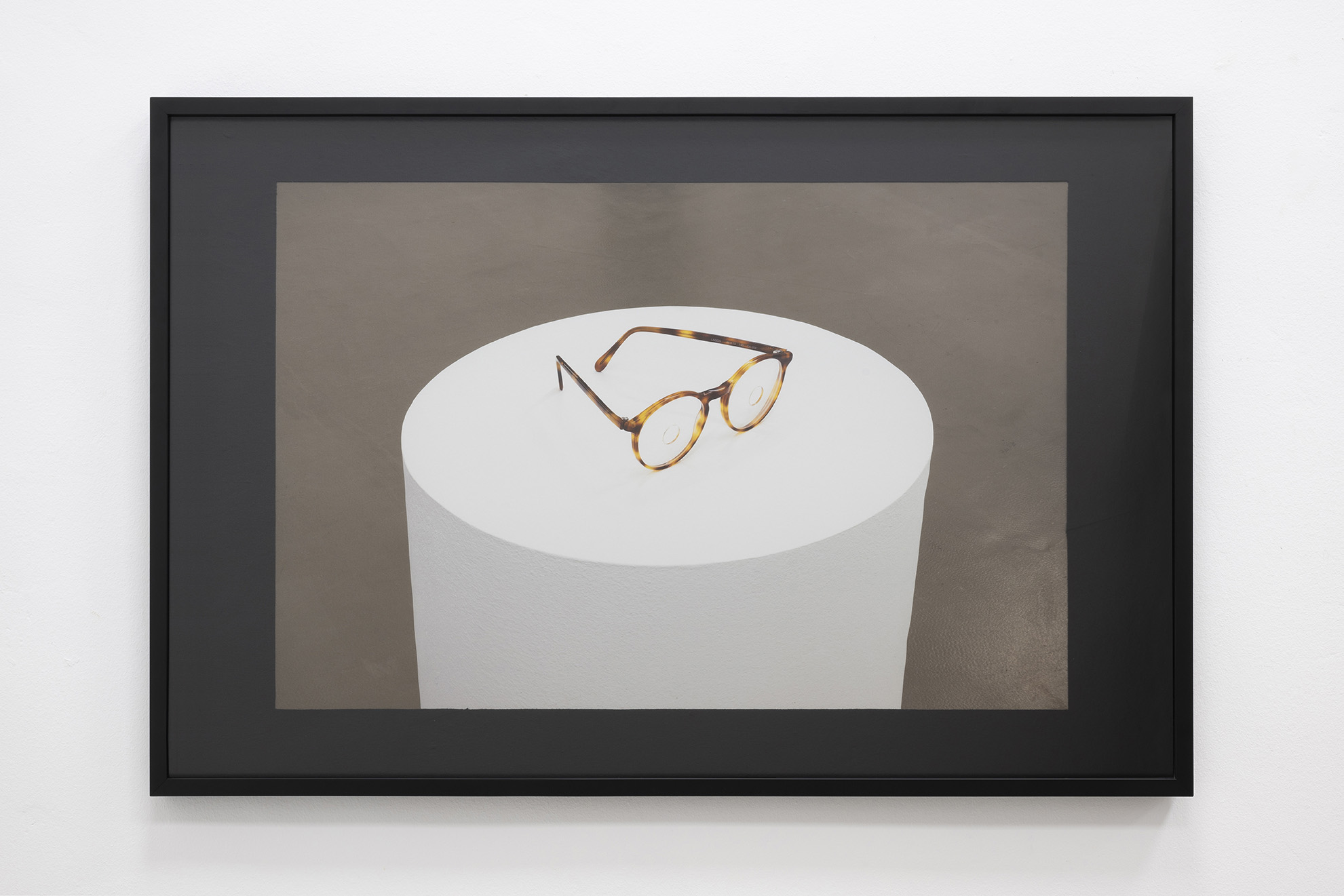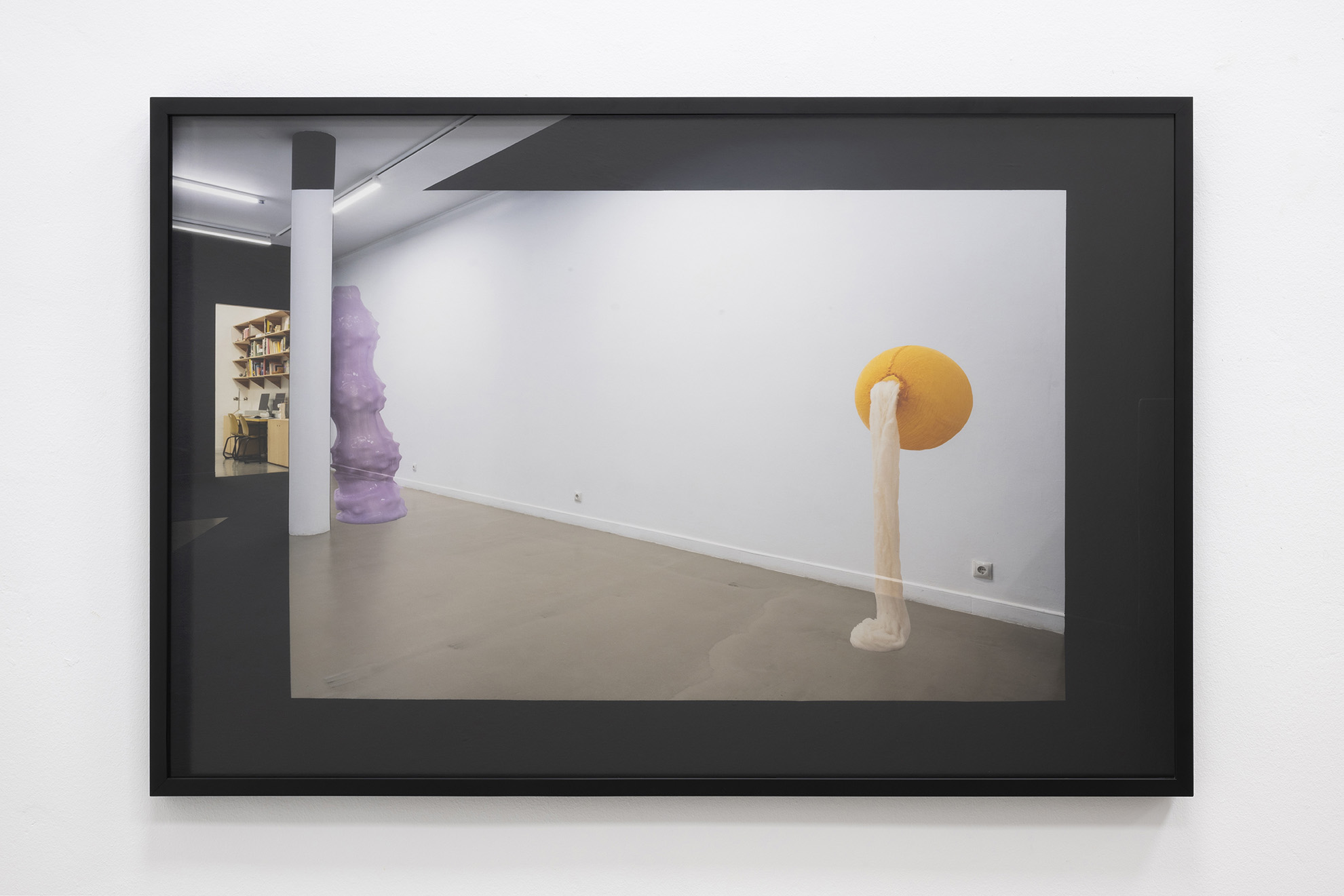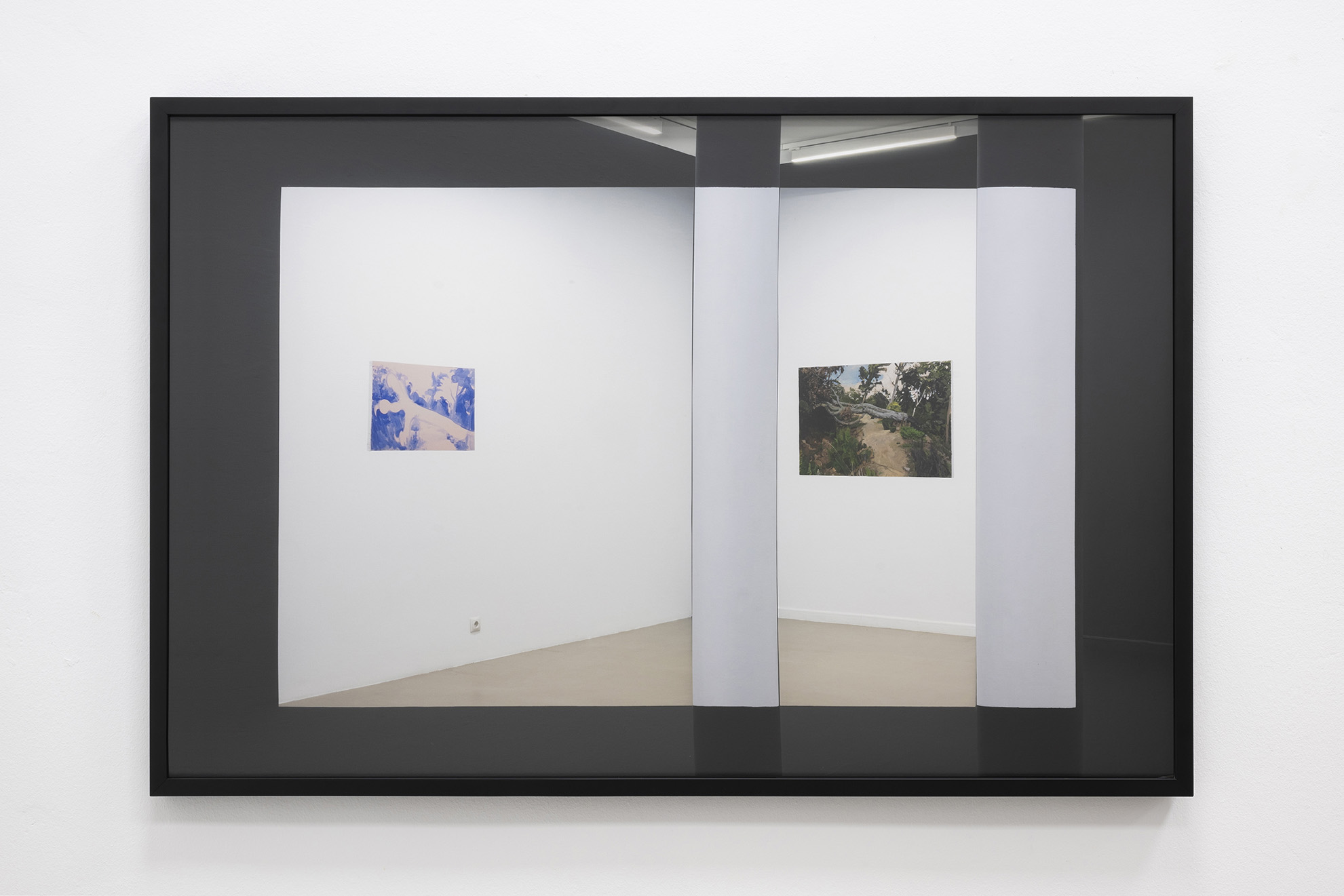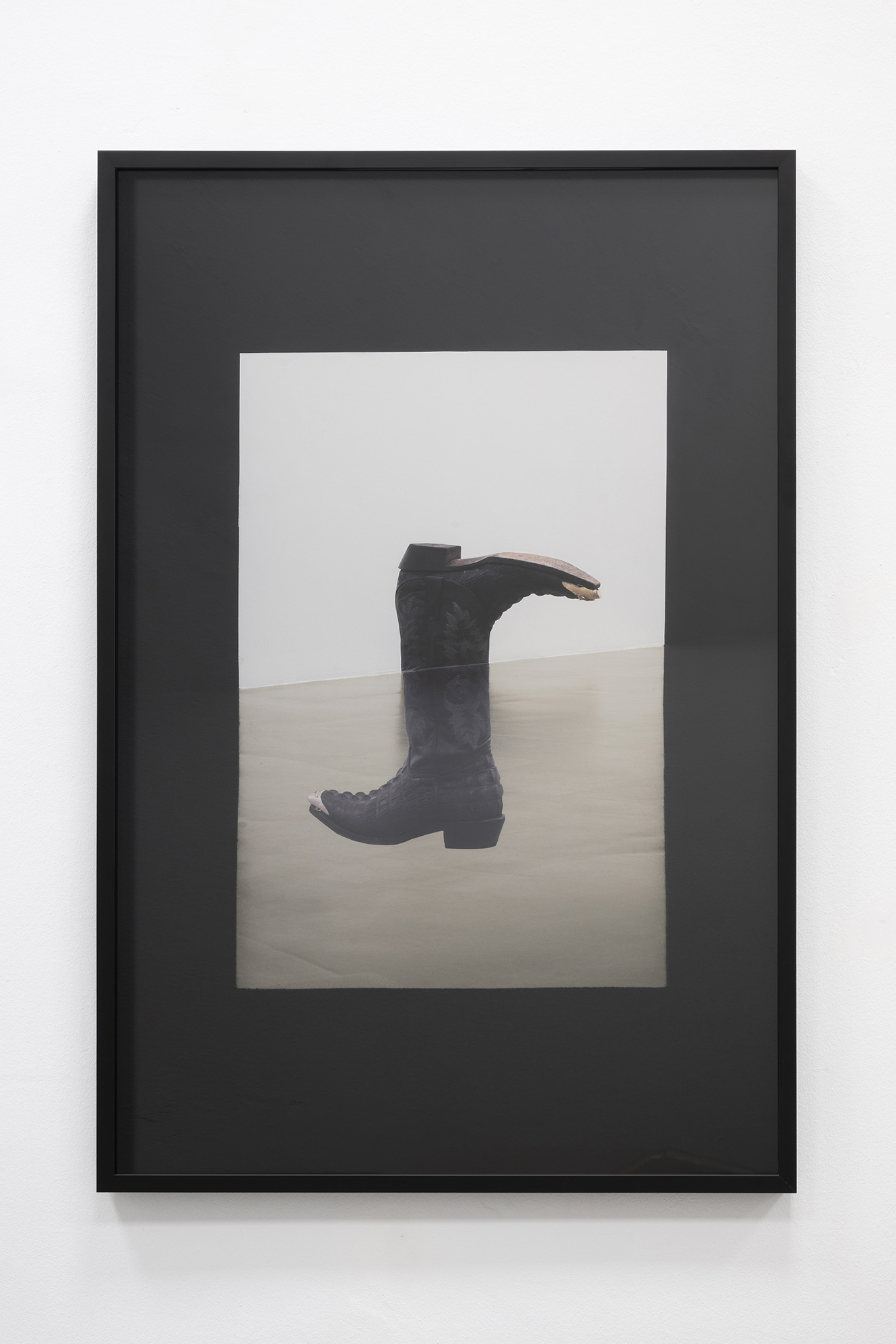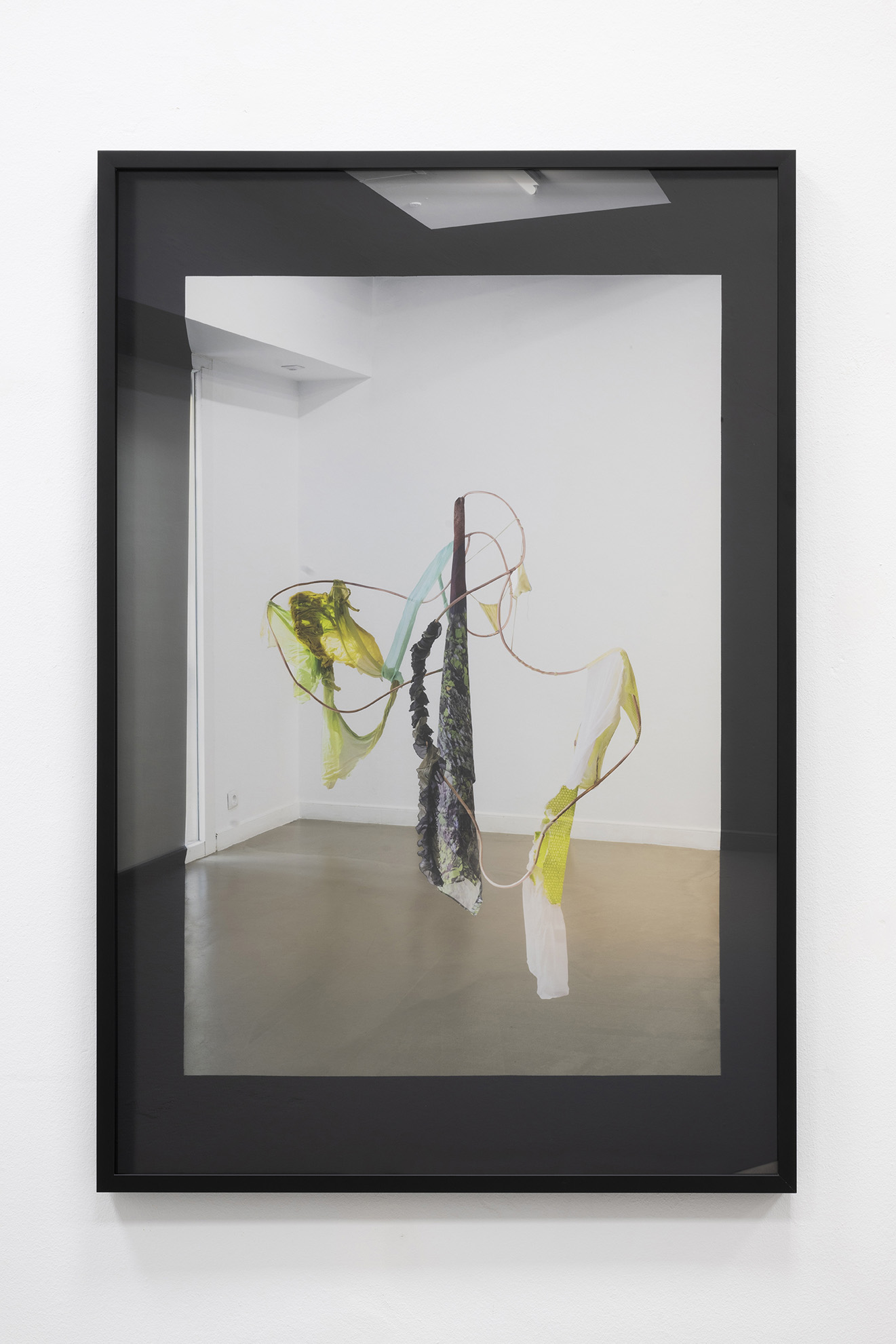18 November – 13 January 2025
Barcelona



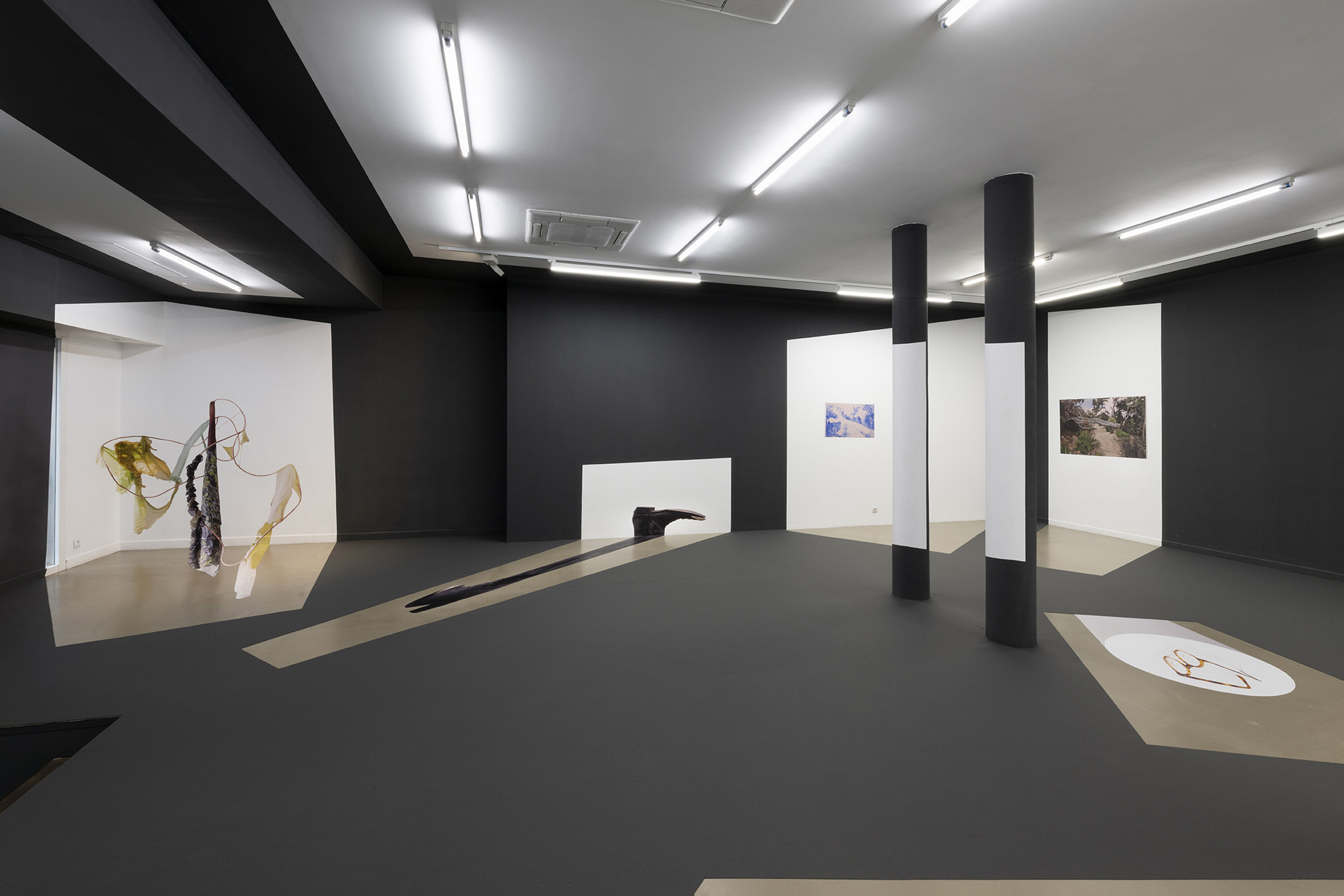




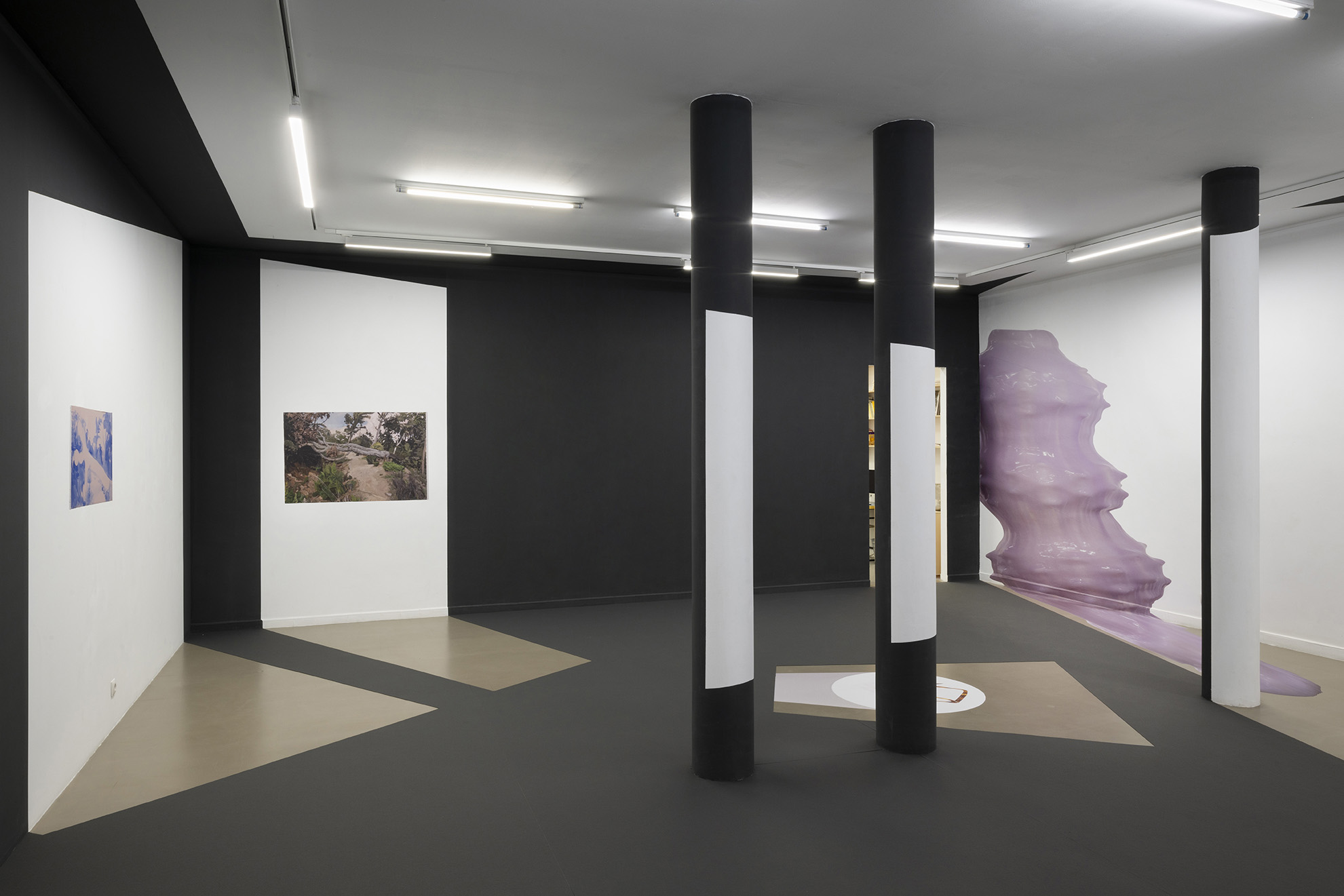



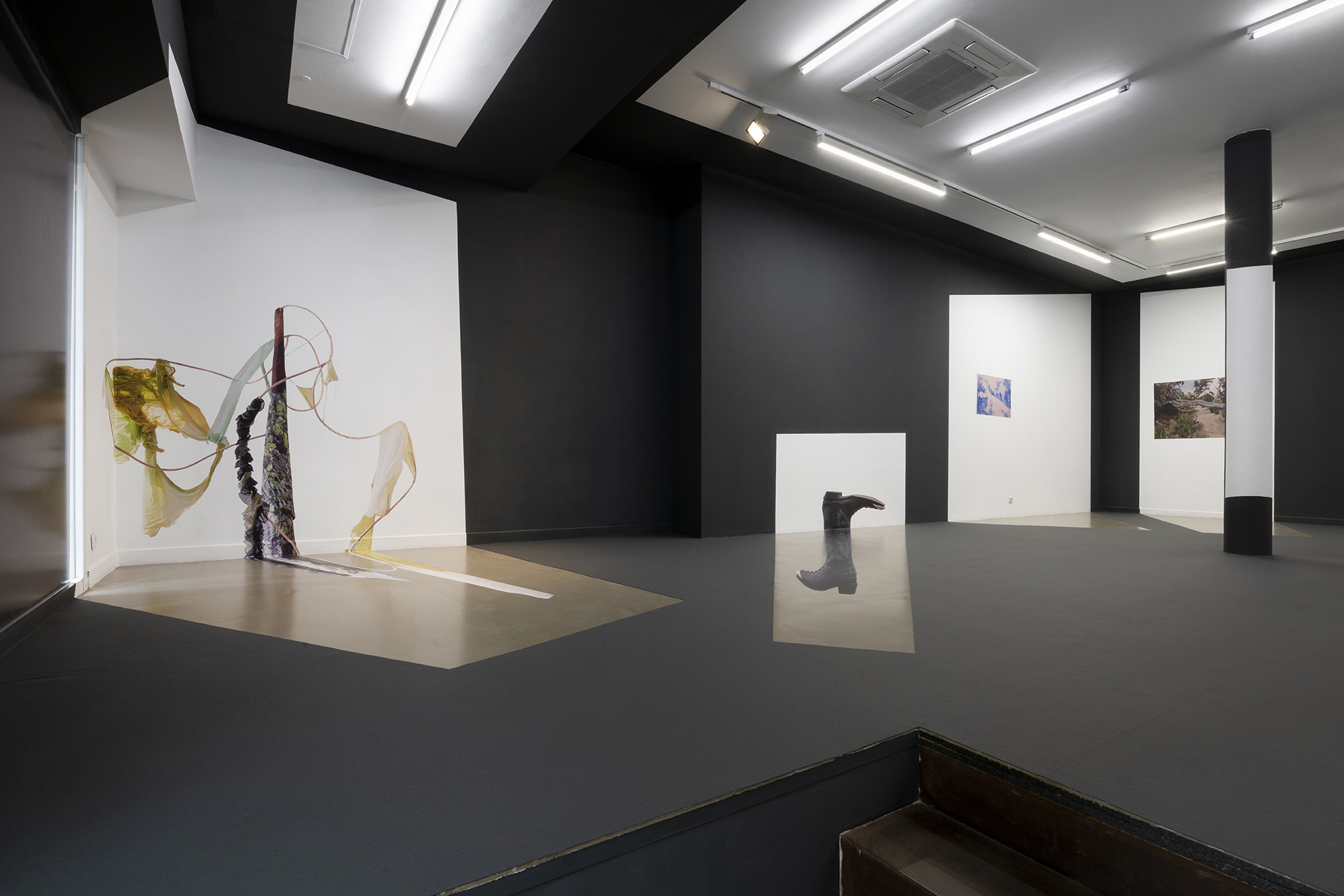
“At the beginning of an exhibition, it is common to hire an art photographer to capture in two-dimensional images the layout of a group of works in the space. This act not only records the relationships between the pieces, but also the interaction of visitors with them. The viewers, immersed in the physical environment, sometimes become actors that we observe from a distant perspective, representing the act of looking for an invisible audience that does not always see itself observing.
_
We start from the premise that the photographer acts with rigor, honesty and an intention of objectivity. We trust that they will not distort the given scene. By observing the photographs in an exhibition, we tacitly accept their vision and the technology they employ as a reliable bridge that transports us to that distant space. The result of a day of silent work in an exhibition space —the images that quickly circulate through social networks— undergoes a kind of transubstantiation: the visual material becomes, for many, the exhibition itself.
Although exhibitions and their photographs are not the same thing, it is common practice to consider them interchangeable [1]. From a romantic view of art, these images could be considered a poor substitute for the physical experience of visiting the exhibition; an experience that is perceived as essential as long as one has the resources of time and money to do so. Instead, for most of us, this visual substitution has become normalized; it enables us to access more exhibitions than our physical, material and temporal circumstances would allow us to visit in person. The immediate availability of these images and the possibility of their quick spread have accelerated the cycle of production and reception of art, favoring their instantaneous circulation across geographic and cultural boundaries.
However, this perspective could suggest an unidirectional conception of the relationship between exhibitions and their images. In our digitized world, images can be anticipated or even created simultaneously with the exhibition itself; they are not simply a secondary record. This opens up plastic possibilities and invites us to explore new creative paths. It also raises the question of what these images reveal to us in themselves, beyond their derivative character of another artistic fact: can we detect in them a way of thinking and looking that is proper to their creator, beyond the intended objectivity?
_
In 5 exposures, I have worked with the idea of transforming the exhibition into images, a game of back and forth that makes visible the possible cracks in our perception between the physical experience of an exhibition and the images derived from it.
As a revindication of Bombon Projects’ memory, the images come from the photographic archive of exhibitions [2] of five of its artists that took place between 2022 and 2024 —since the gallery moved to this new venue—, all made by the photographer Roberto Ruiz. As if the invisible data or the cache memory that permeates the space manifested itself in a phantasmagoric way, the constructed device allows us to see again —in the same space where they were once exhibited, in an act of déjà vu— images of Vessels, by Eva Fàbregas; ORPLID, by Pere Llobera; Chuletas, by Josep Maynou; Not Yet, by Enric Farrés Duran and Refugia, by Rosa Tharrats. The images of the pieces have been encoded in the form of anamorphisms that invite us to reconstruct, requiring to be activated with our body, the steps of the photographer, looking for his singular point of view, experiencing, also, his deformations and dead angles.
In the gallery office we might discover —not with a certain irony— that the complex installation we have toured is, in fact, a photographic set created to produce five photographic pieces. Made in collaboration with the same photographer, they adopt the documentary language of art and evoke the aesthetics of the archival images to which they allude, although they are presented in a different context. Our previous experience in the main space makes us sense in them reflections of a reality that the exhibition invites us to explore.”
_
_
—Cristina Garrido, 2024
_
_
Cristina Garrido (Madrid, 1986) is a visual artist based in Madrid. She pursued her studies in Fine Arts at the Complutense University of Madrid (2004-2009) and Camberwell College of Arts (2007-2008), subsequently earning an MA in Fine Art from Wimbledon College of Art (2010-2011) with the Fundació “la Caixa” Grant for Postgraduate studies in Great Britain.
_
Garrido’s artistic projects have been recognized with several awards, including the Generación 2015 Proyectos de Arte Fundación Montemadrid Prize (2015), the Fundación Botín Visual Arts Grant (2017-2018), and the ARCO Award for young artists (2018). Her works have been featured in international exhibitions, showcasing at venues such as Kupferstich-Kabinett, Staatliche Kunstsammlungen Dresden in Dresden, The British Museum in London, Museo Centro de Arte Dos de Mayo in Móstoles/Madrid, PHotoESPAÑA Festival, On Curating Project Space in Zürich, Centro Botín in Santander, Fundación DIDAC in Santiago de Compostela, Centro Andaluz de Arte Contemporáneo (CAAC) in Seville, CASS Sculpture Foundation in West Sussex, Centrale for Contemporary Art in Brussels, Contemporary Art Museum of Estonia – EKKM in Tallinn, CentroCentro in Madrid, l´ISELP – institut supérieur pour l’étude du langage plastique in Brussels, MAC Birmingham in Birmingham, Espacio Odeón in Bogotá, Fundación Luís Soane in A Coruña, Taxispalais Kunsthalle Tirol in Innsbruck, SESC Sorocaba in Sorocaba/Sâo Paulo, La Casa Encendida in Madrid, Lugar a Dudas in Cali, Spike Island in Bristol, Matadero in Madrid, and AKV St. Joost in Den Bosch, among other venues.
__
[1] This file is available at the website of the gallery
[2] To see properly the anamorphisms of the exhibition it is recommended to cover one eye or to look at them trough the camera of a smartphone.
Read More
